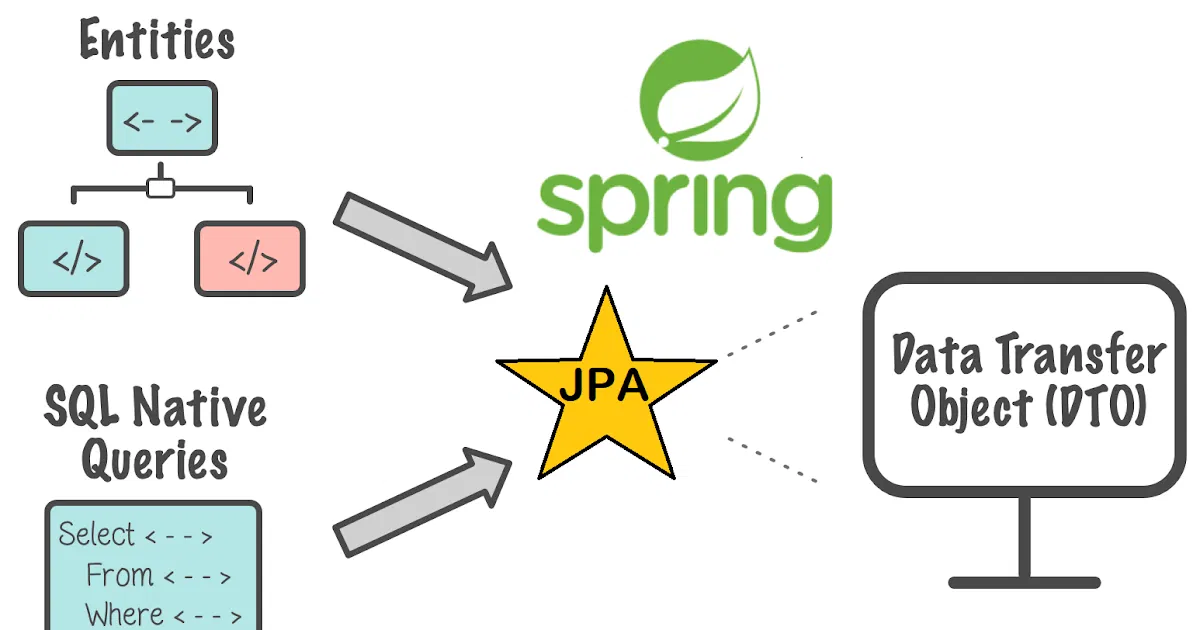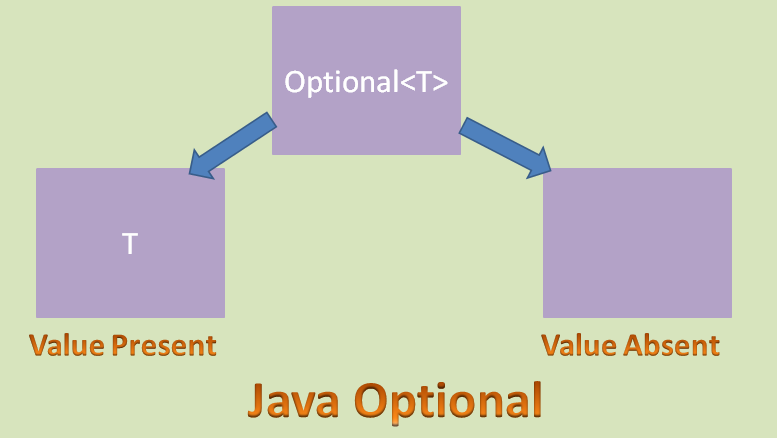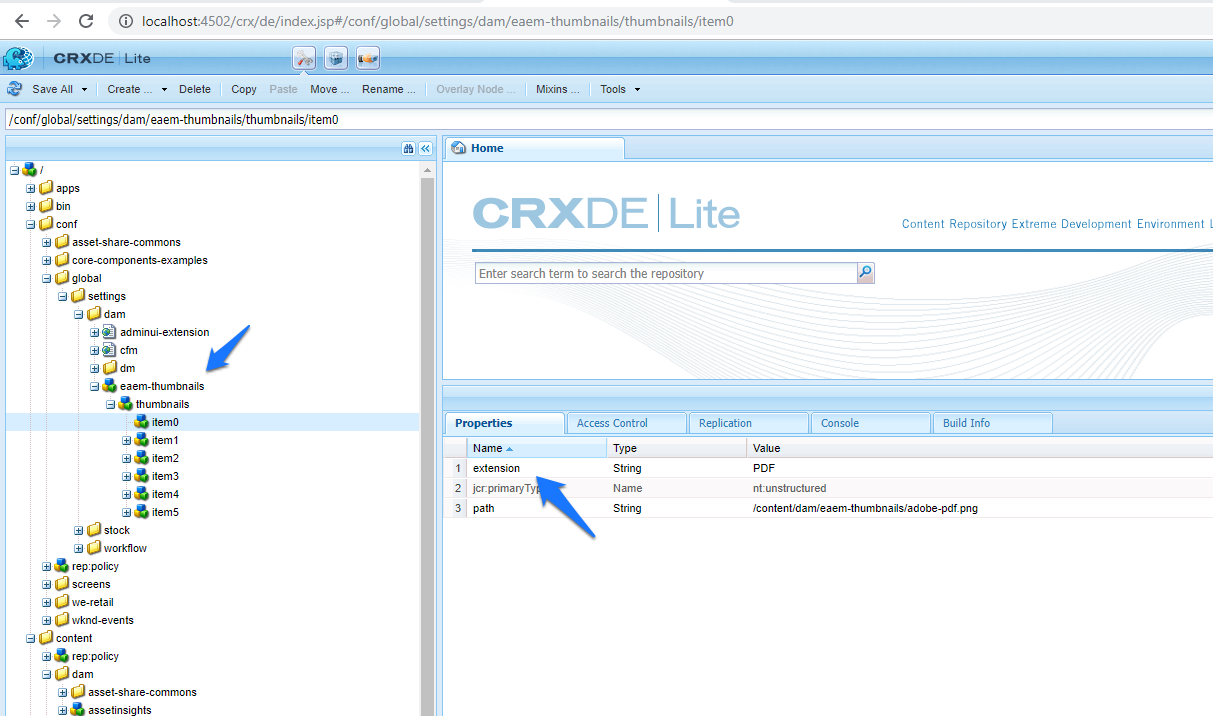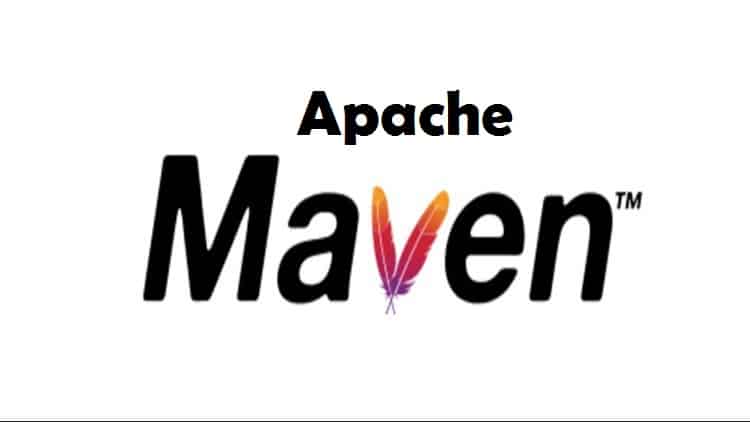Java Persistence API (JPA) and Java Database Connectivity (JDBC) are two distinct methods of interacting with relational databases in Java. Here’s a comparison that covers the main differences between them:
1. Level of Abstraction
- JPA: Provides a higher-level abstraction. It is an ORM (Object-Relational Mapping) framework that allows developers to work with Java objects rather than directly writing SQL queries. It maps Java objects to database tables and handles SQL generation for CRUD operations.
- JDBC: Operates at a lower level. It requires developers to write SQL queries manually and work directly with database connections, statements, and result sets. JDBC doesn’t provide object-relational mapping, so you handle SQL statements and map rows to Java objects manually.
2. Ease of Use
- JPA: Eases development by eliminating the need to write boilerplate SQL code. You can use JPA to define entities and relationships, and JPA will handle CRUD operations without explicit SQL.
- JDBC: Requires more code to achieve the same results because you have to write explicit SQL statements for each operation. JDBC also requires handling database resources manually (e.g., opening and closing connections).
3. Data Mapping
- JPA: Maps Java classes to database tables and provides annotations for defining relationships (e.g.,
@OneToMany,@ManyToOne), making it easy to work with complex relationships. - JDBC: Does not provide automatic mapping. You work directly with rows and columns, so you must manually map the results from SQL queries to Java objects.
4. Transaction Management
- JPA: Provides built-in transaction management through annotations like
@Transactional. The framework can handle transaction boundaries automatically, especially when using a JPA implementation like Hibernate with Spring. - JDBC: Requires explicit handling of transactions, often with
Connectionobjects. You have to start, commit, and rollback transactions manually, making transaction management more complex.
5. Performance
- JPA: Can introduce a slight overhead due to the ORM mapping layer, though JPA providers like Hibernate have optimizations (like caching and lazy loading) to improve performance.
- JDBC: Generally faster for simple queries since it interacts directly with the database without the overhead of ORM. It’s usually more suitable for complex or high-performance database operations where the developer wants full control over SQL execution.
6. Query Language
- JPA: Uses JPQL (Java Persistence Query Language), which is object-oriented and works with entity attributes rather than database column names. JPQL is database-agnostic, meaning it’s less dependent on the underlying database’s SQL dialect.
- JDBC: Uses SQL directly. SQL queries are database-specific, so if you switch databases, you may need to adjust your SQL code for compatibility.
7. Caching
- JPA: Often includes a built-in caching mechanism (first-level and second-level caches in implementations like Hibernate) to improve performance by reducing database calls.
- JDBC: Does not provide caching, so each query fetches fresh data from the database. Caching must be implemented manually if needed.
8. Flexibility
- JPA: Provides more flexibility for standard CRUD operations, but it can be restrictive for complex, custom queries.
- JDBC: Offers complete control over SQL, making it a better choice for complex or non-standard queries and fine-grained optimizations.
9. Error Handling
- JPA: Abstracts and unifies exception handling, which reduces the number of checked exceptions in your code.
- JDBC: Generates SQL exceptions for many database errors, which are often checked exceptions. Developers have to handle these explicitly, which can lead to more boilerplate error handling code.
Summary Table
| Feature | JPA (Java Persistence API) | JDBC (Java Database Connectivity) |
|---|---|---|
| Abstraction Level | High (ORM-based) | Low (SQL-based) |
| Code Complexity | Less complex, boilerplate-free | More code, SQL statements written manually |
| Data Mapping | Automatic object-to-table mapping | Manual object mapping |
| Transaction Management | Automatic with @Transactional | Manual transaction handling |
| Performance | Slight overhead, optimized caching | Higher for simple queries, no caching |
| Query Language | JPQL | Native SQL |
| Caching | Supports caching | No caching support |
| Flexibility | Easier for CRUD, limited for complex queries | High flexibility with complex queries |
| Error Handling | Abstracted exceptions | Explicit exception handling |
When to Use JPA vs JDBC
- Use JPA: When your application requires standard CRUD operations, and you prefer to work with Java objects over SQL. JPA is ideal for enterprise applications where maintainability and ease of development are prioritized over fine-grained control.
- Use JDBC: When you need precise control over SQL queries and transactions, or when performance is critical for complex queries.



